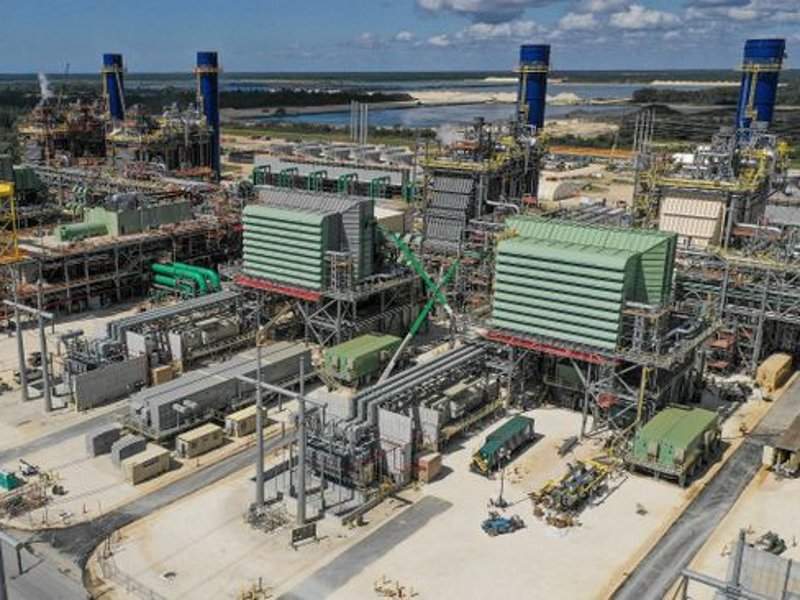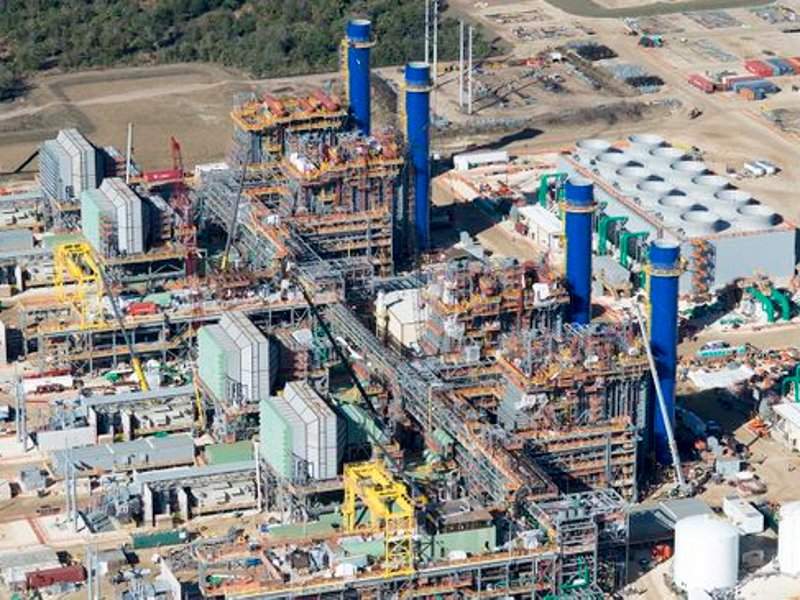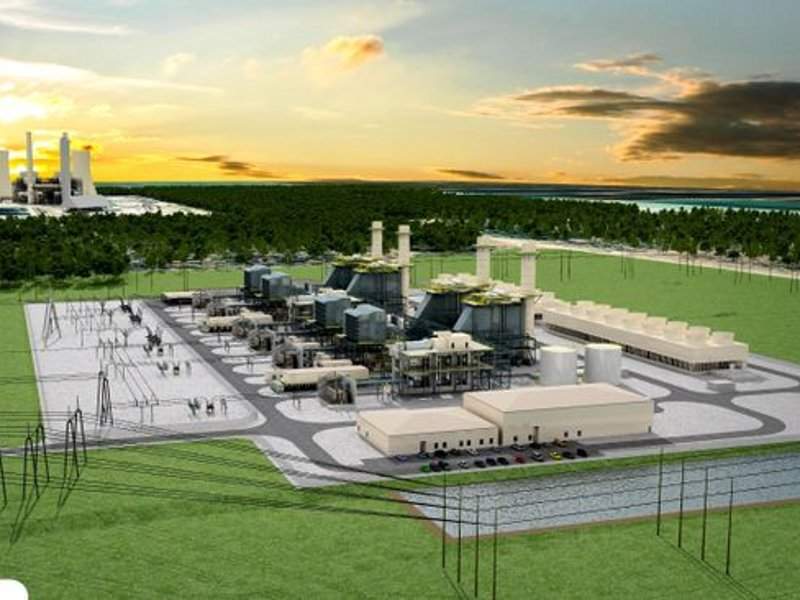Citrus combined-cycle power plant is a 1,640MW natural gas-fired power plant located at Crystal River Energy Complex in Citrus County, Florida, US. Built at a cost of $1.5bn, the facility is one of the biggest gas-fired power plants commissioned in the US in 2018.
Owned and operated by Duke Energy Florida, the Citrus power plant comprises two 820MW combined-cycle generating units that were brought online in October and November 2018, respectively.
The new gas-based power facility has increased the operational capacity of the Crystal River Energy Complex to more than 3GW, making it the Duke Energy’s biggest power generating station in Florida.
The 1,640MW plant is expected to generate enough electricity to serve 1.8 million customers in Florida over its estimated operational life of 35 years.
Citrus gas-fired power project development history
In May 2014, in compliance with the USA’s new environmental regulations, Duke Energy Florida announced plans to construct an efficient combined-cycle natural gas plant to replace two old coal-fired generating units and a retired nuclear power unit at the Crystal River Energy Complex.
The company received all necessary regulatory approvals and permits for the Citrus combined-cycle natural gas plant by October 2015 and started construction on the project in March 2016.
Citrus combined-cycle power plant make-up
Built on a 400ha-site near the Crystal River Energy Complex, the Citrus gas-fired power plant comprises two combined-cycle power blocks of 860MW capacity each.
Each power block is equipped with two MHPS 501GAC gas turbine generators, two heat recovery steam generators, and a steam turbine generator in a two-on-one configuration.
Each generating unit also features an 11.2 million British thermal units an hour (MMBtu/hr) dew point heater, a 216.2MMBtu/h auxiliary steam boiler, and a 1,500kW diesel-fired emergency generator.
With air-cooled type pre-mixing low NOx combustor, 17-stage axial flow compressor, and four-stage axial flow turbine, the 1,500°C-class 501GAC gas turbines provide combined-cycle efficiency of more than 60%.
Gas supply for the Citrus combined-cycle power plant
The Citrus power plant receives fuel gas through the 825km-long Sabal Trail interstate natural gas pipeline, which was placed in service in July 2017.
The pipeline, which cost $3.2bn to construct, originates from the Tallapoosa County in Alabama and traverses Georgia and Florida to deliver up to 1.1 billion cubic feet (bcf) of natural gas a day to the south-east US market.
Duke Energy acquired a 7.5% ownership interest in the Sabal Trail gas pipeline in May 2015. The co-owners of the pipeline are Spectra Energy (59.5%) and NextEra Energy (33%).
Electricity transmission
One of the power blocks of the new plant is connected to the Crystal River Energy Center’s pre-existing 500kV transmission system, which was originally built for the now-retired nuclear power facility.
The other block was planned for connection to the existing 230kV transmission system after the retirement of two coal-fired units at the complex.
Contractors involved
Fluor was the engineering, construction, and procurement (EPC) contractor for the Citrus combined-cycle power plant.
Mitsubishi Hitachi Power Systems (MHPS) supplied the gas turbines for the plant.
Crystal River Energy Complex details
The Crystal River Energy Complex is located on a 5,100ha-site on Florida’s Gulf Coast, 136km north of Tampa.
The energy complex was developed with four coal-fired units and one nuclear power unit between 1966 and 1982.
The first two Crystal River coal power units one and two with a combined capacity of 766MW were commissioned in 1966 and 1969, respectively. The two units are being replaced by the new Citrus natural gas-fired combined-cycle power facility.
The 860MW Crystal River nuclear power plant, also known as CR-3, was in operation at the energy complex from 1977 until its permanent shutdown in 2009. The nuclear plant has been put in a safe and stable condition and is expected to be decommissioned by 2074.
In 1982, two more coal-based power units four and five with a combined capacity of 1,422MW were brought into operation. Duke Energy has invested approximately $1.6bn in pollution control upgrades on the two units in order to meet the US federal environmental regulations.
The units four and five will remain in operation for few more years along with the new Citrus combined-cycle power plant at the Crystal River Energy Complex.





